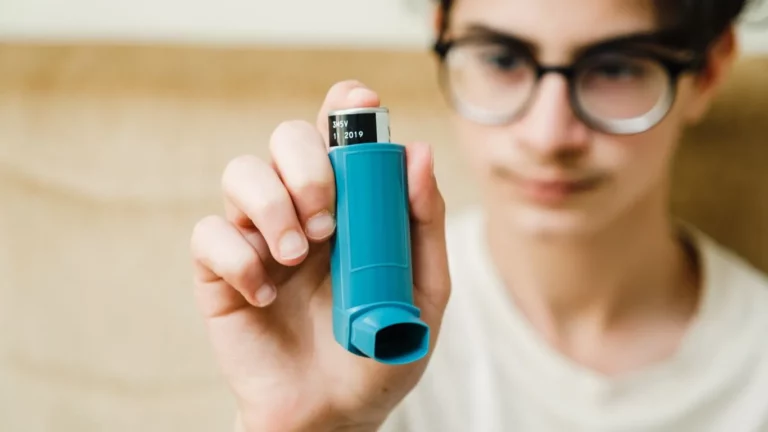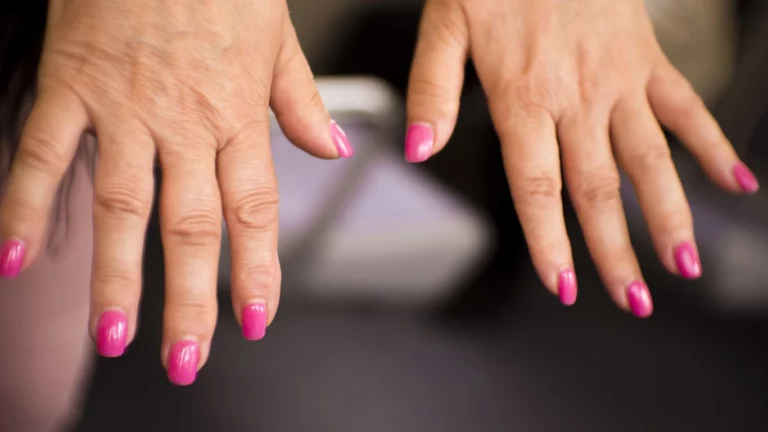Effective Strategies for Managing High Blood Pressure in Humid Environments
As an internal medicine physician, managing high blood pressure in humid environments has become an increasingly common challenge in my practice. Humidity can significantly affect how our body reacts to heat, which in turn influences blood pressure management. Over the years, I’ve had the opportunity to witness how certain environmental factors, like temperature and humidity, can complicate the care of patients with hypertension. It’s not just about taking the right medication anymore. We need to think about the broader picture – including weather patterns, lifestyle adjustments, and more. In this article, I’ll share insights from my own experience and practical tips for managing hypertension in hot, humid environments, with a focus on how these conditions can affect our health and well-being. Let’s dive right in.
Understanding the Impact of Humid Environments on Hypertension
When we think about managing high blood pressure, the focus is often on lifestyle changes, medications, and monitoring. However, many people are surprised to learn that environmental factors, such as humidity, can also play a major role. High humidity is a frequent companion to heat, and this combination can create a double whammy for those with hypertension. Humid air makes it harder for our bodies to cool down, which can cause your heart to work harder and increase your blood pressure.
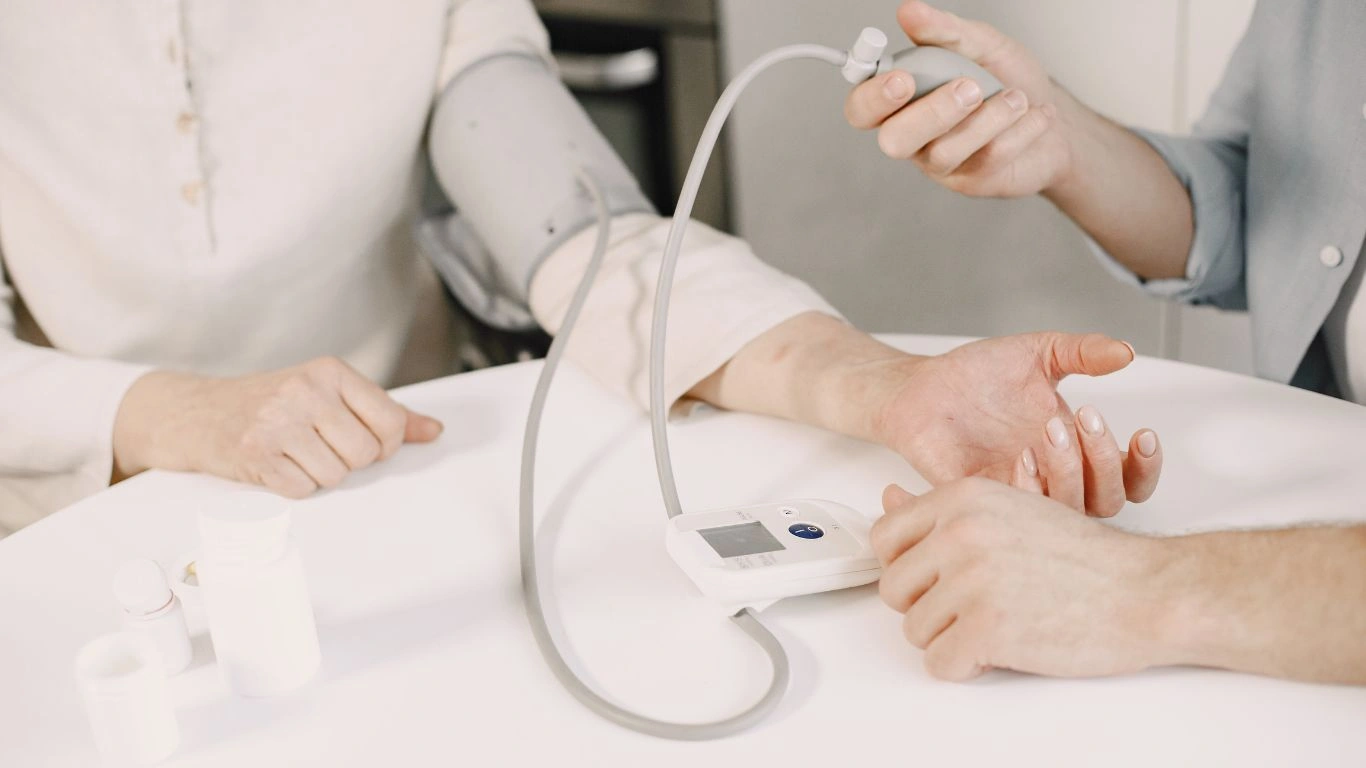
How Does Humidity Affect Your Blood Pressure?
Humidity affects blood pressure primarily through its influence on the cardiovascular system. In humid weather, your body has a harder time sweating, which is our natural cooling mechanism. As a result, the heart has to pump harder to circulate blood and regulate body temperature. This increased workload can elevate your blood pressure, especially in individuals already at risk of hypertension.
On top of that, the body’s normal response to heat includes dilating blood vessels to improve circulation. In a humid environment, this process can become less efficient, causing fluid to build up in the bloodstream, which leads to higher blood pressure. For those already dealing with hypertension, this added strain can be dangerous.
Factors That Make Hypertension Worse in Humid Conditions
In my years of practice, I’ve observed a few key factors that make hypertension worse in hot and humid environments. Let’s break them down so you can better understand why you may experience higher blood pressure on a particularly muggy day.
- Dehydration: High humidity leads to excessive sweating, which can dehydrate your body. When you’re dehydrated, your blood volume decreases, and your heart has to work harder to pump the remaining blood through your body. This can spike your blood pressure.
- Increased Heart Rate: As the body works harder to cool itself down in a humid environment, it leads to an increased heart rate. A faster heart rate can lead to elevated blood pressure, especially if you’re already prone to hypertension.
- Medications: Some antihypertensive medications, such as diuretics, can increase your sensitivity to heat and dehydration. It’s important to stay well-hydrated and keep an eye on how these medications might affect your response to humid weather.
How to Protect Yourself: Practical Tips for Managing Hypertension in Humid Conditions
Managing your blood pressure in a humid environment doesn’t have to be overwhelming. There are several strategies that can help minimize the impact of heat and humidity on your cardiovascular system. I always encourage my patients to be proactive and incorporate these simple yet effective tips into their daily routines.
1. Stay Hydrated
Hydration is one of the easiest ways to manage blood pressure during humid weather. When you’re dehydrated, your blood pressure can rise as your heart works harder to compensate. In humid conditions, it’s especially important to drink water regularly throughout the day, even if you don’t feel thirsty. Make sure to carry a water bottle with you, and if you’re exercising or spending time outdoors, drink extra water to make up for any sweat lost.
2. Dress Appropriately
Light, breathable clothing is a game-changer. Choose fabrics that allow your skin to breathe, such as cotton or moisture-wicking materials, to help keep your body cool. Avoid dark-colored clothing as it can absorb heat, making it harder for your body to regulate temperature. This small change can make a significant difference in how your body responds to humid conditions.
3. Limit Physical Exertion
If you’re already dealing with high blood pressure, strenuous physical activity can be risky in humid environments. It’s not only about avoiding heat stroke, but also about how hard your heart has to work when you exert yourself. Try to limit heavy physical activity during the hottest parts of the day, and opt for lighter, cooler forms of exercise like swimming or walking in the early morning or evening.
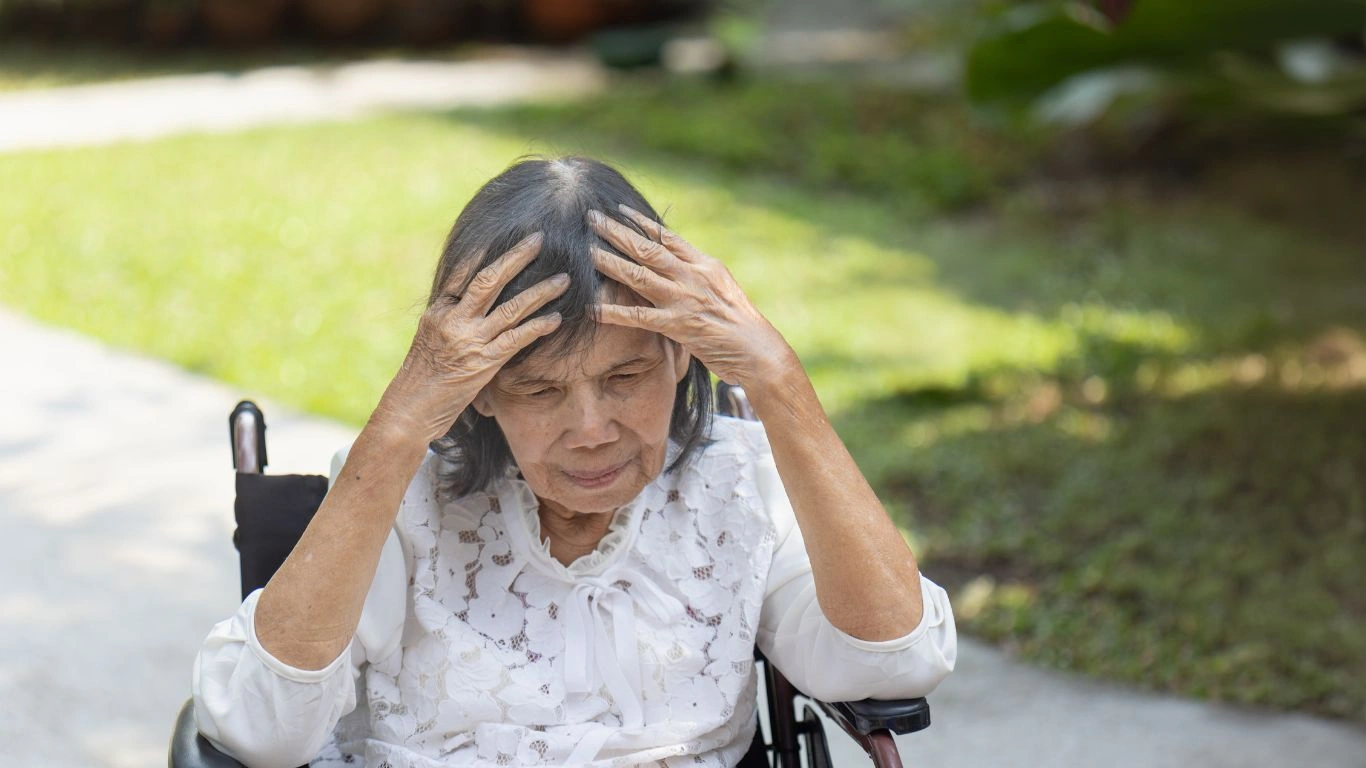
4. Create Cool, Comfortable Spaces
Being indoors doesn’t automatically shield you from the effects of humidity. However, creating a cool and comfortable environment at home or work can greatly reduce your risk of blood pressure spikes. Air conditioning or fans can help circulate air and keep temperatures under control. If air conditioning isn’t available, even sitting near an open window can make a difference. Using a cool compress on your neck or forehead can also help reduce body temperature quickly.
When Should You Seek Medical Advice?
There are times when the effects of humidity on your blood pressure can become serious. If you notice persistent symptoms like dizziness, shortness of breath, or an unusually rapid heartbeat during hot and humid conditions, it’s important to seek medical attention right away. These could be signs of heat exhaustion, dehydration, or a blood pressure emergency.

Conclusion: The Key to Managing High Blood Pressure in Humid Climates
Living in a humid environment doesn’t mean you have to accept higher blood pressure as a part of your daily life. By staying hydrated, managing your physical activity, and paying attention to the environmental factors around you, you can help control your blood pressure and reduce the risks that come with hot, sticky conditions. Understanding how humidity affects your cardiovascular health is crucial, and with a few changes, you can make sure your hypertension management plan stays effective all year long.
Advanced Strategies for Managing High Blood Pressure in Humid Environments
In the first part of this article, we explored some basic strategies for managing high blood pressure in humid environments, including staying hydrated and avoiding strenuous activities during the hottest parts of the day. But managing hypertension in these challenging conditions doesn’t stop there. As a physician, I always encourage patients to consider a combination of lifestyle changes, medications, and even mental health management techniques. The goal is to not just manage blood pressure but to create an overall environment that supports heart health, especially when the humidity starts to climb.

Maintaining a Healthy Diet for Hypertension Management
It might sound obvious, but your diet plays a huge role in managing hypertension, particularly in humid environments. In fact, what you eat can either exacerbate or help control your blood pressure. In my practice, I’ve found that patients who follow a heart-healthy diet tend to fare better when dealing with high humidity. The heat can put extra strain on your heart, so eating foods that support cardiovascular health can make all the difference.
The DASH Diet: A Key to Lowering Blood Pressure
One of the most effective ways to manage high blood pressure, especially in challenging environmental conditions, is by following the DASH (Dietary Approaches to Stop Hypertension) diet. This diet focuses on reducing sodium intake and increasing potassium, magnesium, and calcium. The result is better blood pressure control and improved heart health.
Some of my go-to recommendations for those following the DASH diet include:
- Fruits and Vegetables: Rich in potassium, which helps balance sodium levels and eases tension on blood vessels.
- Whole Grains: Foods like brown rice and oats, which are packed with fiber and help maintain steady blood pressure.
- Low-Fat Dairy: Calcium is essential for blood pressure regulation, and low-fat dairy is an excellent source.
- Lean Proteins: Opt for lean meats, fish, and plant-based proteins like beans to reduce fat intake, which can contribute to high blood pressure.
Avoiding Excessive Salt
Salt can be especially problematic for individuals with high blood pressure, and this becomes more important when you’re living or spending time in a humid climate. High humidity already stresses your cardiovascular system, and adding extra salt to your diet can make it worse. In my experience, it’s not just about avoiding the salt shaker; it’s also about checking food labels and steering clear of processed and canned foods that are high in sodium.
Medications and Their Role in Humid Environments
When it comes to managing hypertension in humid conditions, medications are often an essential component of treatment. However, heat and humidity can impact how your body responds to these medications, so it’s important to be mindful of your medication regimen. I’ve had many patients ask me how certain medications may interact with the heat, and I always make sure they understand the nuances.
Diuretics: A Double-Edged Sword
Diuretics are commonly prescribed to manage high blood pressure by helping the kidneys remove excess salt and fluid from the body. While they can be effective, they also increase the need for hydration. In a humid environment, dehydration is already a risk, and diuretics can amplify this effect. If you’re on diuretics, it’s crucial to increase your water intake, and you might even need to adjust your dosage in consultation with your doctor.
Beta-Blockers and ACE Inhibitors
Other classes of medications, such as beta-blockers and ACE inhibitors, are often prescribed to reduce heart rate and help relax blood vessels. These medications can be very effective, but they also can make you more susceptible to the effects of heat. It’s important to be aware of any signs of dizziness, fainting, or other symptoms related to low blood pressure, which can occur more frequently when you’re exposed to high heat and humidity.
In my practice, I always make sure my patients know how to spot any side effects or unusual symptoms. Staying in regular contact with your healthcare provider is key to adjusting your treatment plan when needed.
Exercise: A Crucial Component of Blood Pressure Management
Now, let’s talk about one of the most important aspects of any hypertension management plan: exercise. But here’s the thing – the best exercise routine can be compromised by the effects of humidity. When you’re working out in high heat and humidity, your heart has to pump more blood, which increases your blood pressure. However, regular, moderate exercise is still one of the best ways to lower blood pressure in the long term.
What Kind of Exercise Is Best in Humid Conditions?
While outdoor exercise might be challenging in hot, humid environments, it doesn’t mean you have to skip your workout altogether. I’ve found that my patients who stay active, but adjust their routines according to weather conditions, see the best results.
- Morning or Evening Workouts: The early morning or evening hours tend to be cooler and less humid, so that’s the best time for outdoor activities. A brisk walk or light jog can work wonders for managing blood pressure.
- Indoor Workouts: If you prefer to stay inside, consider swimming, yoga, or using indoor gym equipment. Swimming is particularly beneficial in humid climates, as the water helps keep your body temperature stable.
- Hydration During Exercise: If you’re exercising in humid conditions, it’s crucial to stay hydrated. Dehydration can worsen your blood pressure, so make sure you drink water before, during, and after your workout.
The Importance of Monitoring Your Blood Pressure Regularly
In humid environments, it’s even more important to monitor your blood pressure regularly. Fluctuations in blood pressure can be more pronounced when you’re exposed to heat and humidity, and keeping track can help you spot any concerning trends before they become serious issues. I always recommend that my patients invest in a reliable home blood pressure monitor so they can keep track of their readings and share them with me during check-ups.
Home monitoring not only empowers patients but also helps me provide more accurate guidance based on their specific data. Whether you’re managing blood pressure through medication, diet, or lifestyle changes, regular tracking is a crucial tool in maintaining optimal health.

When to Seek Medical Advice
If you notice any sudden spikes in your blood pressure or experience unusual symptoms like shortness of breath, chest pain, or dizziness, don’t hesitate to seek medical attention. High blood pressure can lead to severe complications, and it’s better to be cautious. I always tell my patients that it’s better to get checked out early than to ignore symptoms that could potentially be dangerous.
In humid environments, the risk of heat-related illnesses can also increase, especially for those with underlying hypertension. If you have concerns about how the weather is affecting your health, reach out to your doctor for advice.

Additional Lifestyle Factors to Consider for Hypertension Management in Humid Climates
Managing hypertension, particularly in hot and humid conditions, requires more than just physical care; mental health and sleep hygiene also play vital roles in blood pressure control. As someone who deals with patients experiencing various lifestyle stressors, I know that stress management and getting enough rest are key pieces of the puzzle. Even on those particularly humid days when the weather feels oppressive, it’s important to maintain a holistic approach to managing high blood pressure. Let’s dive into a few other lifestyle factors that can support heart health in humid climates.
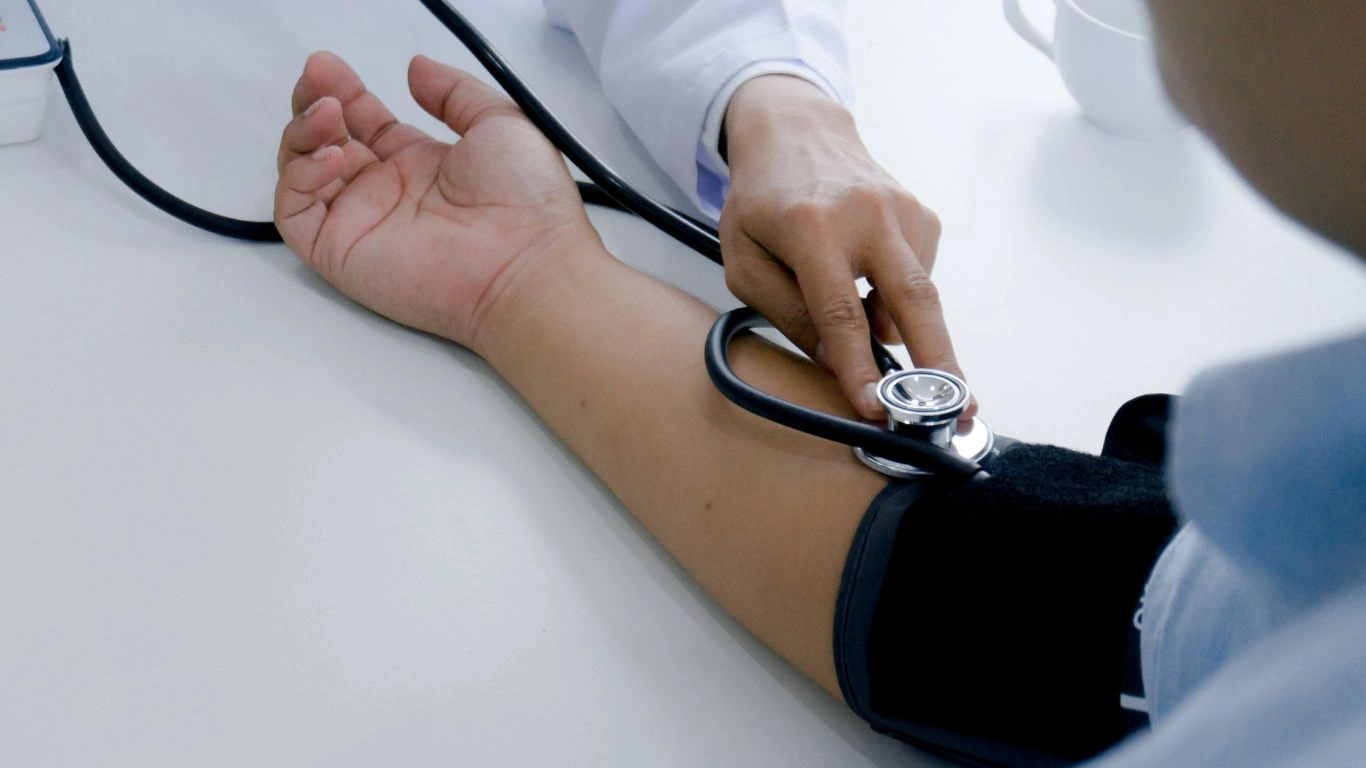
Managing Stress in Humid Weather
One of the most overlooked aspects of managing high blood pressure is stress management. While heat and humidity affect your body physically, emotional and psychological stress can make things worse. I’ve often noticed how patients who are stressed or anxious about the heat or their health have higher blood pressure readings. It’s not surprising when you think about it. Stress triggers the release of cortisol and adrenaline, both of which can cause a temporary spike in blood pressure.
It’s important to recognize that chronic stress can contribute to long-term hypertension, and living in a humid environment can sometimes exacerbate stress levels. I always recommend mindfulness practices to help manage stress. Whether it’s deep breathing exercises, meditation, or simply taking a walk in nature during cooler parts of the day, managing your stress levels is critical in maintaining healthy blood pressure.
Mindfulness and Relaxation Techniques
One of my favorite methods to recommend is incorporating mindfulness and relaxation techniques into daily life. These can be incredibly helpful for lowering stress and promoting relaxation, especially in hot, sticky weather. Some of the practices I’ve found to be effective include:
- Deep Breathing Exercises: Just taking a few minutes a day to focus on slow, deep breathing can help calm the body’s stress response and lower blood pressure.
- Progressive Muscle Relaxation: This involves tensing and then relaxing different muscle groups to relieve physical tension in the body, which can help reduce stress and lower blood pressure.
- Meditation: Even a short, five-minute meditation session can promote relaxation and help lower your stress levels, which in turn benefits your blood pressure.
Sleep Hygiene: A Critical Factor in Hypertension Control
When the humidity is high, it can make it more challenging to get a restful night’s sleep. In my experience, poor sleep quality is often tied to worsened hypertension. During sleep, our blood pressure naturally dips, and inadequate or disrupted sleep prevents this natural reduction. This is why maintaining good sleep hygiene is essential for anyone managing high blood pressure, especially when living in a humid environment.
Ensuring that you get quality sleep can significantly impact how your body responds to stress and environmental conditions like heat and humidity. Try these tips to improve sleep hygiene and, in turn, better manage your blood pressure:
- Keep Your Bedroom Cool: If you find it hard to sleep in humid conditions, make sure your bedroom is as cool as possible. A fan, air conditioning, or even a cool compress can help bring your body temperature down, making it easier to fall asleep.
- Establish a Bedtime Routine: Going to bed and waking up at the same time each day can help regulate your sleep cycle, making it easier to get a restful night’s sleep.
- Avoid Electronics Before Bed: The blue light emitted by phones, computers, and TVs can interfere with sleep. Try reading a book or practicing relaxation techniques before bed to signal to your body that it’s time to wind down.
- Limit Caffeine and Alcohol: Both caffeine and alcohol can disrupt sleep patterns. Avoid consuming them late in the day to ensure your sleep remains uninterrupted.
Staying Cool and Comfortable During Hot, Humid Days
As we’ve already discussed, the heat and humidity associated with certain climates can raise blood pressure levels, making it even more important to stay cool and comfortable. Staying indoors is often the best option, but sometimes, you might find yourself out in the sun or in a crowded, humid space. In these cases, there are a few tricks that can help reduce your exposure to the elements and maintain your blood pressure.
In my experience, simple actions can make a world of difference, like:
- Wearing Loose, Lightweight Clothing: Tight or heavy clothing can trap heat and moisture, which can exacerbate the effects of humidity. Opt for breathable fabrics like cotton or linen, which help keep your body cool.
- Using Cooling Products: There are a variety of products available, like cooling towels and portable fans, that can help you stay comfortable during hot, humid weather. A cooling towel placed around your neck can reduce body temperature quickly.
- Avoiding Peak Heat: If possible, limit outdoor activities during peak heat hours, which are typically between noon and 4 p.m. Early mornings or evenings are often cooler and less humid, making them ideal times to get outside.
References and Further Reading
For more information on managing hypertension in humid climates, I encourage you to explore the following resources:
- Healthline – A trusted source for health and wellness information.
- CDC – The Centers for Disease Control and Prevention offers useful guidance on managing hypertension and the effects of heat.
- American Heart Association – A comprehensive resource for heart health, including tips for managing hypertension in extreme conditions.
It’s always a good idea to consult with your healthcare provider if you have any concerns about how the heat or humidity is affecting your blood pressure. Everyone’s situation is unique, and a personalized approach is the best way to stay healthy.
Disclaimer
The information provided in this article is intended for educational purposes only and is not a substitute for professional medical advice. Always consult with your healthcare provider before making any changes to your diet, exercise routine, or medication. Managing high blood pressure is a complex process that requires careful consideration of individual health needs and circumstances.

Dr. Gwenna Aazee is a board-certified Internal Medicine Physician with a special focus on hypertension management, chronic disease prevention, and patient education. With years of experience in both clinical practice and medical writing, she’s passionate about turning evidence-based medicine into accessible, actionable advice. Through her work at Healthusias.com, Dr. Aazee empowers readers to take charge of their health with confidence and clarity. Off the clock, she enjoys deep dives into nutrition research, long walks with her rescue pup, and simplifying medical jargon one article at a time.


